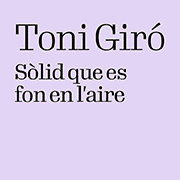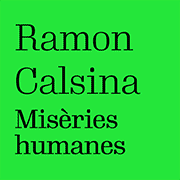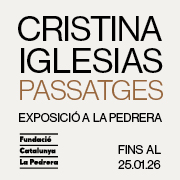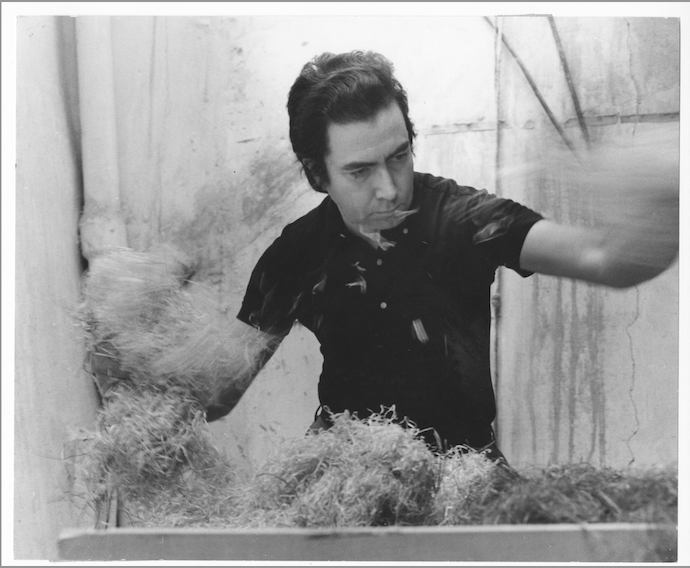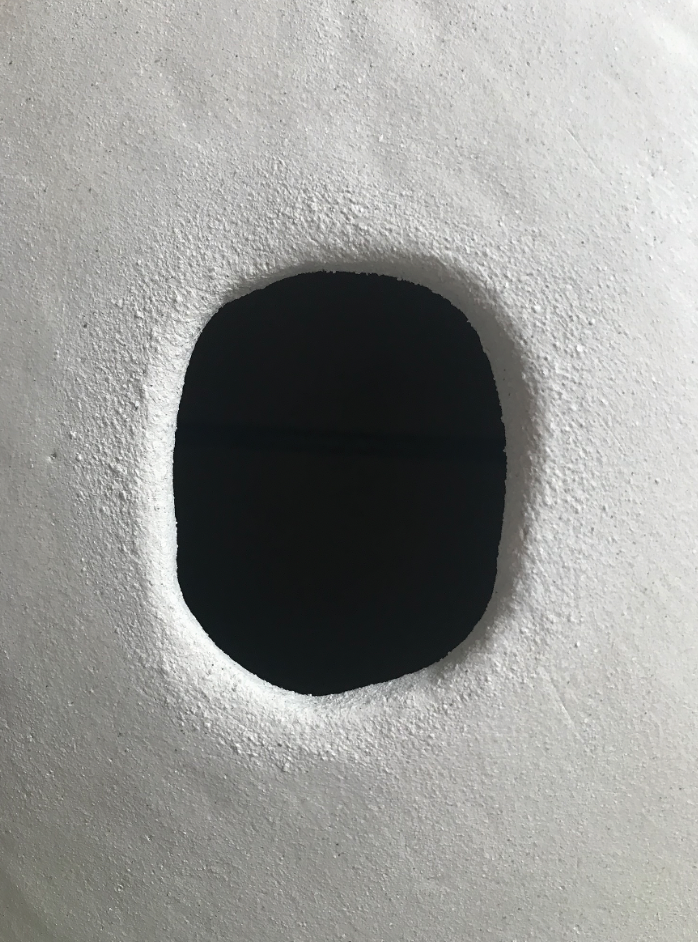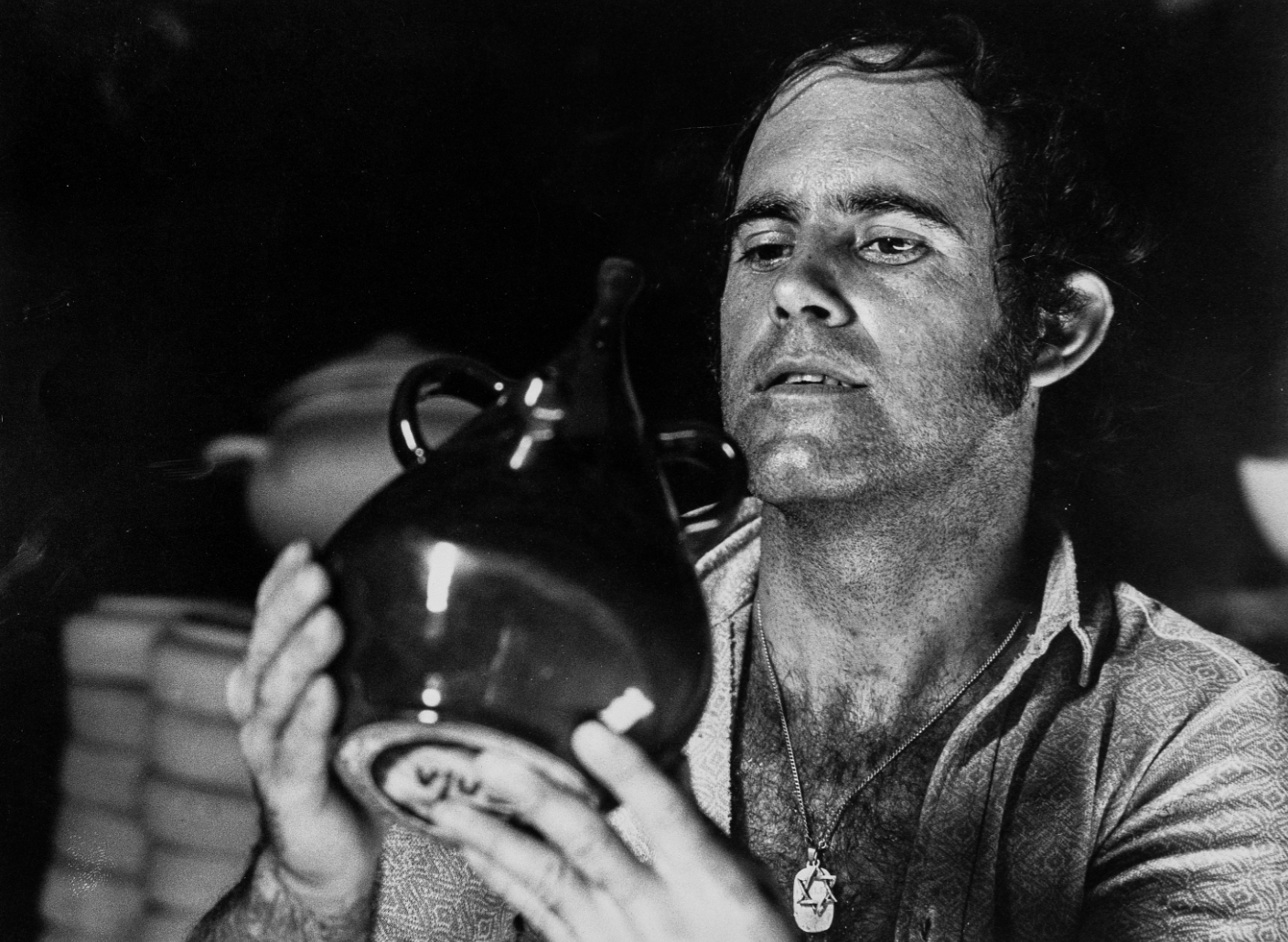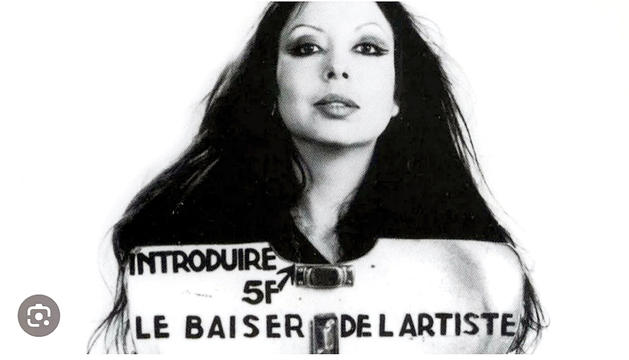News
The Dalí Foundation with the Institut d'Humanitats de Barcelona are rethinking Dalí
The course commemorates the 120th anniversary of the artist's birth and the 50th anniversary of the inauguration of the Figueres Theatre-Museum
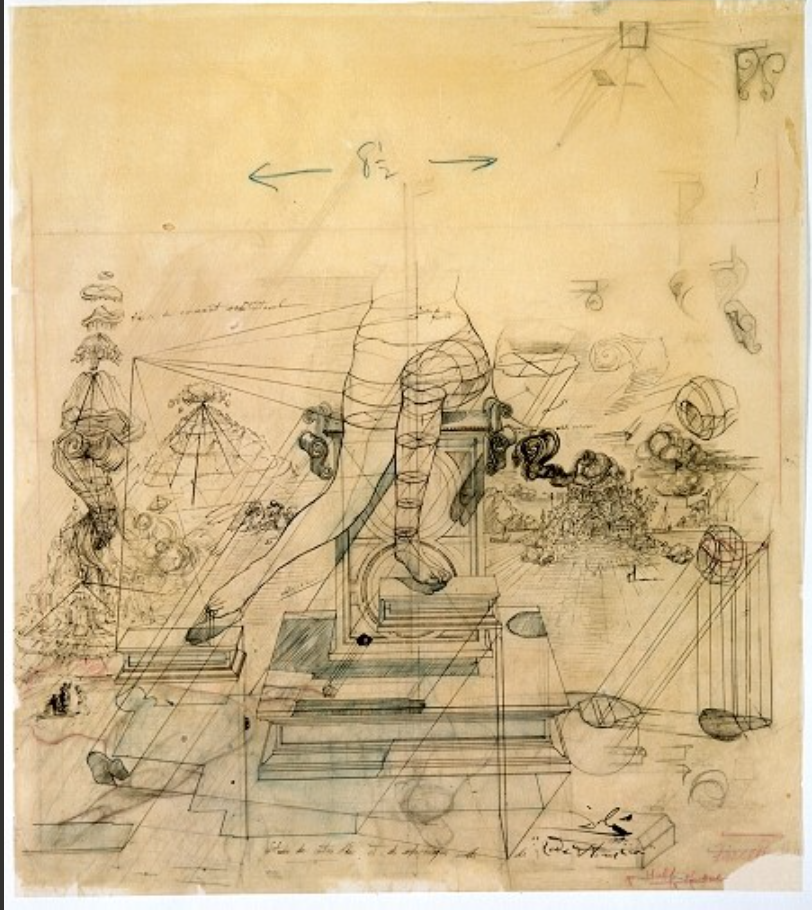
The Dalí Foundation and the Institut d'Humanitats de Barcelona, with the collaboration of the Center for Contemporary Culture of Barcelona, are organizing the cycle of conferences " Reforming Dalí. Thought, science and creation ", which will take place from January 29 to March 11, 2024 at the Center for Contemporary Culture in Barcelona.
The program will extensively explore the influence of science and technology in the work of the surrealist genius, with expert voices in scientific and artistic disciplines such as Victoria Cirlot, Anna Pou van den Bossche, Estrella de Diego, Joan Fontcuberta, Carme Torras and Tessel M. Bauduin. The course is led by Montse Aguer, director of the Dalí Museums, and Carme Ruiz, deputy director of Collections and Exhibitions at the Dalí Foundation.
The contents of the sessions are as follows:
THE MYSTICISM
January 29 at 6:30 p.m
Victoria Cirlot, medievalist, professor of Romance Philology at the Faculty of Humanities of Pompeu Fabra University.
Dalí seeks an understanding of the world through science, but also through religion and mysticism. Since his return to Europe in 1948, this research legitimizes the new artistic turn of his painting which, based on the scientific questions that most interest him, approaches religious themes inspired by the Renaissance artists he most admires, such as Raphael. His desire is to become a classic, a classic that wants to achieve transcendence and that uses scientific terms such as wave-corpuscle duality, or the disintegration and integration of matter, to incorporate them into his new artistic discourse. An operation, as he himself acknowledges, with which Dalí wants to present himself to the general public as the savior of modern painting.
DALÍ, THE THINKING MACHINE
February 5 at 6:30 p.m
Anna Pou van den Bossche, professor at the Barcelona School of Art History and curator of IDEAL, Center for Digital Arts.
Dalí claims that his inspiration comes from science and from a young age he has been fascinated by technology and machinery. His relationship with cybernetics, unknown until today, is key to understanding the last twenty years of Dali's production. Read and interpret Norbert Wiener (founder of the discipline), to develop a new vision of man and the future, very close to transhumanism. He collaborates with computer scientists and digital artists applying computational techniques to his works, and imagines virtual reality. He firmly states that the future of art will be digital, incorporating chips and pixels into his work. He compares his brain to a computer, defining it as a "thinking machine" and relating it to the theories of Ramon Llull, the patron saint of computer scientists. He is inspired by this concept, so far little researched, to design his Museum Theatre.
SCIENCE BEFORE SCIENCE
February 12 at 6:30 p.m
Estrella de Diego, essayist, professor at the Universidad Complutense de Madrid and Academician of the Academy of Fine Arts of San Fernando de Madrid.
Ever since the journal Nature published the work of Watson and Crick on the discovery of the structure of DNA in 1953, the importance of this molecule transcended the scientific field and became public domain. Dalí is no stranger to this phenomenon, which becomes one of the most recurring themes both in his iconography and in his writings. In the 21st century, genetics and its possibilities continue to be the subject of controversy that affects both scientists, politicians, thinkers... and, in fact, the whole of society and, naturally, artists. What are the current repercussions of this discovery?
WAYS OF READING REALITY
February 26 at 6:30 p.m
Joan Fontcuberta, photographer, theoretician of the photographic image and photographic editor
Dalí felt, already from his childhood, a passion for effects related to vision. In the midst of the surrealist era, he creates the paranoic critical method of interpreting reality, where he develops his concept of double image or invisible image. An image that, without altering any of the elements that make it up, neither figurative nor anatomical, can be, by a simple stimulus of our will, another object completely different from the first one represented by the artist. In such a way that a work can have multiple readings, all of them valid. At a time like the present, in which reality and fiction are confused voluntarily or not, we, viewers, can ask ourselves: what is reality? What does it represent? That means?
THE PATHS TOWARD ARTIFICIAL INTELLIGENCE
March 4 at 6:30 p.m.
Carme Torras, mathematician and writer, research professor at the Robotics Institute (CSIC-UPC).
The relationship of avant-garde movements with machinery and the use of the mechanical object is widespread at the turn of the 20th century. Dalí claims that machinery has revolutionized the world and that it is the most profound change that humanity has known. The artist, who in 1973 presents the work Cybernetic Princess, connects again with technology, in this case with cybernetics, of which he already speaks in 1962. What would he have thought of the transformations that we would contemplate during the 20th centuries and XXI, a time when the mechanized world has given way to a digital world, with robots and artificial intelligence, with NFTS and metaverses? These changes have altered our lives and raise new questions.
RETHINKING THE HISTORY OF ART WITH DALÍ
March 11 at 6:30 p.m
Tessel M. Bauduin, art historian, professor at the Department of Cultural Studies at the University of Amsterdam.
From the 19th century British Pre-Raphaelites to the Dutch Golden Age painter Vermeer or the 15th century Florentine Paolo Uccello, Dalí showed a great predilection for the European artists and movements that preceded him. This interest influenced his technique, good and leading him to a phase of great meticulousness and Renaissance style. His works had a considerable impact on later Surrealists around the world. This conference will analyze, among other topics, the history of art through the eyes of Dalí and the historical art that is in his work. We will discuss the artist's place in the pantheon of global contemporary surrealism and how he is viewed by mainstream art.
The course is taught in Catalan, Spanish and English (depending on the language of each speaker), in face-to-face and online format and costs €70/€55 with a discount for students, pensioners, the unemployed, older 65 years old and Friends of the CCCB and the Dalí Museums. For information on registration, call 93 412 21 74 or write to info@instituthumanitats.org


